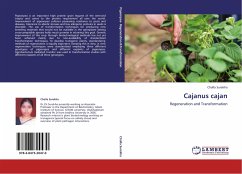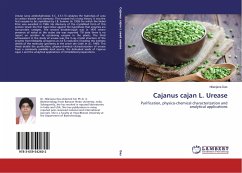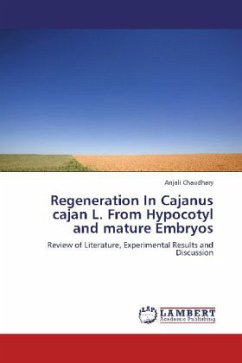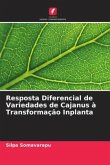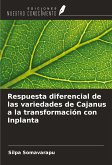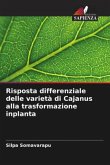Pigeonpea is an important high protein grain legume of the semi-arid tropics and caters to the protein requirement all over the world. Improvement of pigeonpea cultivars possessing resistance to pests and diseases, tolerance to abiotic stresses and low allergenic proteins in seeds is desirable. The use of transformation techniques for producing new breeding materials that would not be available in the germplasm among cross-compatible species holds much promise in attaining this goal. Genetic improvement of this crop through biotechnological methods has not yet been achieved mainly due to non-availability of standardized transformation techniques. To develop transgenic plants, standardizing methods of regeneration is equally important. Keeping this in view, in vitro regeneration techniques were standardized employing three different genotypes of pigeonpea and different explants of pigeonpea. Agrobacterium mediated transfer was used in transformation studies with different explantsof all three genotypes.
Bitte wählen Sie Ihr Anliegen aus.
Rechnungen
Retourenschein anfordern
Bestellstatus
Storno

